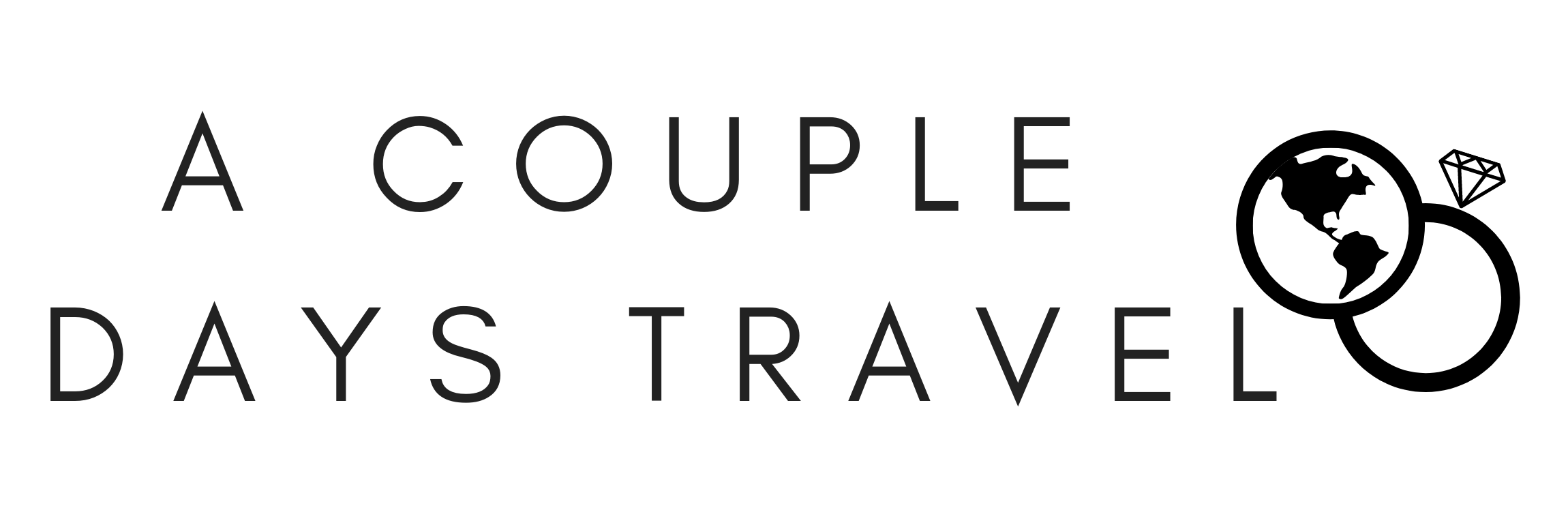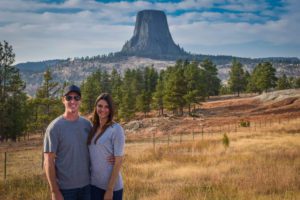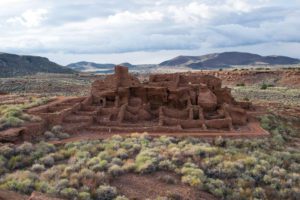Grand Teton National Park is is one of the most scenic parks in the USA. With Grand Teton, the highest mountain peak, towering above beautiful lakes, rivers and forests, there are beautiful photo opportunities around every corner. Grand Teton is also one of the best destinations for spotting beautiful, healthy wildlife. But besides being a photographers dream destination, Grand Teton is also great for adventurers seeking some hiking or white water rafter and history buffs interested in the wild western frontier. So if you are interested in Grand Teton travel, continue reading to find what you need to know to plan your visit, including budgets, packing ideas, travel suggestions and itineraries.
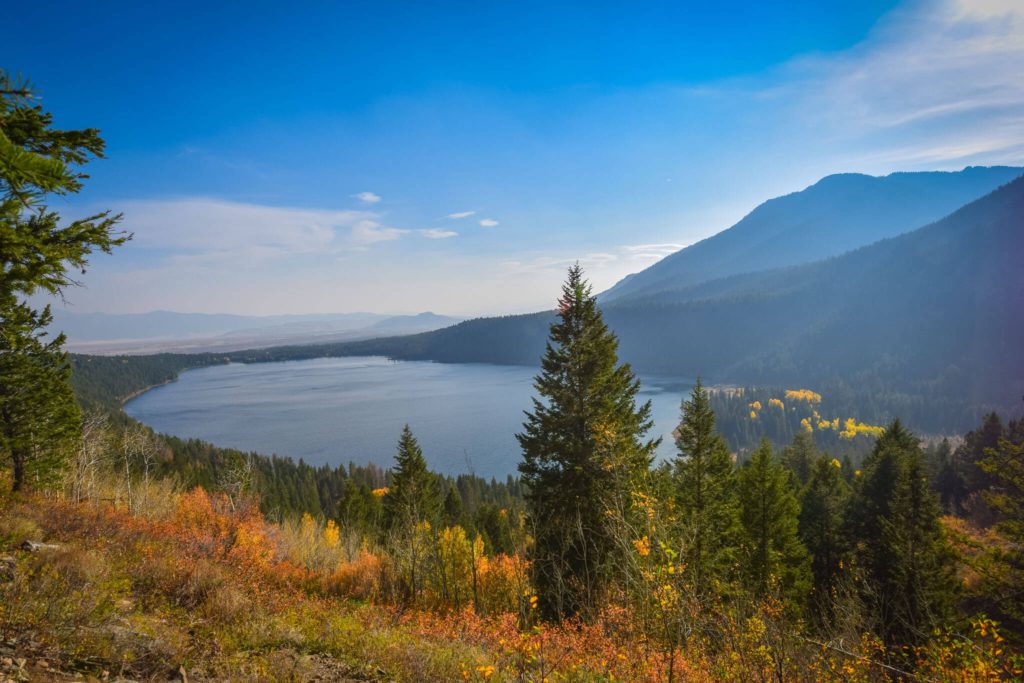
About the Grand Teton National Park
Grand Teton National Park is a nearly 500 square mile park that encompasses the 40 mile Teton range. The highest peak in the range is Grand Teton at nearly 14,000 feet. Grand Teton National Park also encompasses numerous lakes as well as the winding Snake River. The park is a haven for animals including bears, elk, moose, bison, and wolves, as well as numerous smaller animals.
As a bonus, the park is also located just south of the great Yellowstone National Park. For those making Grand Teton travel plans, consider adding several days to your Grand Teton vacation to visit Yellowstone as well, as it is only a few miles away. Check out our 5-day Yellowstone and Grand Teton road trip here.
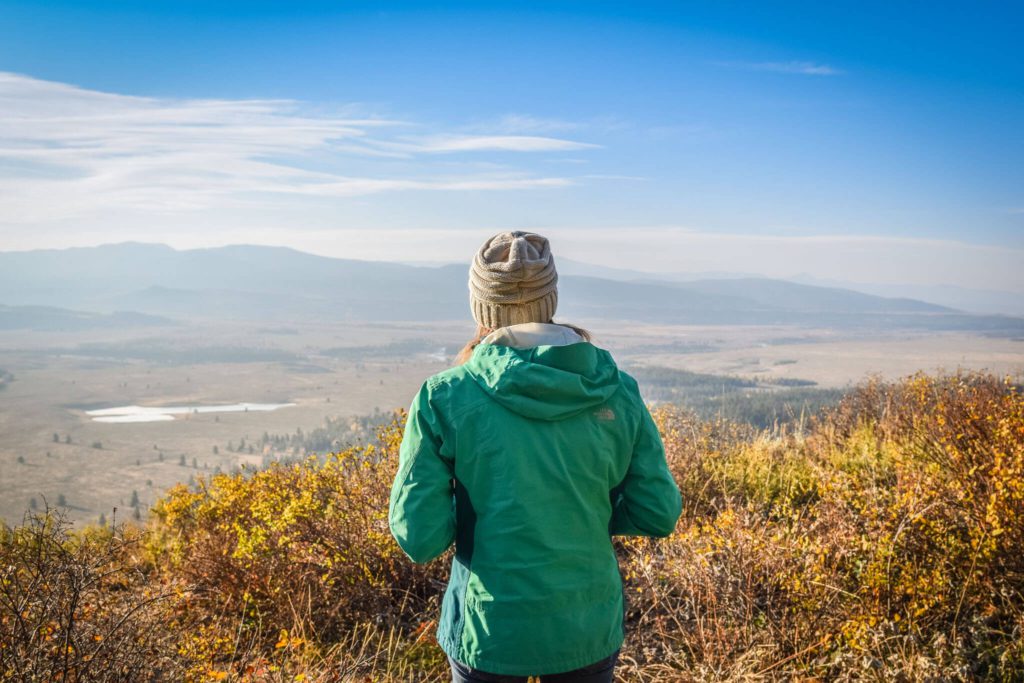
When to Visit
The best time to make your Grand Teton travel plans is between May and September. Outside of these months, the unpredictable weather is known to shut down roads and facilities.
June-August are by far the busiest months as school is out and families flock here. However, these months will also give you the warmest weather which is great for hiking.
To avoid crowds and still have great weather, visit in May or September. These are also great months to visit to see animals as they tend to be more active. We personally recommend September, when the trees are changing colors and the elk are very active (and bugling).
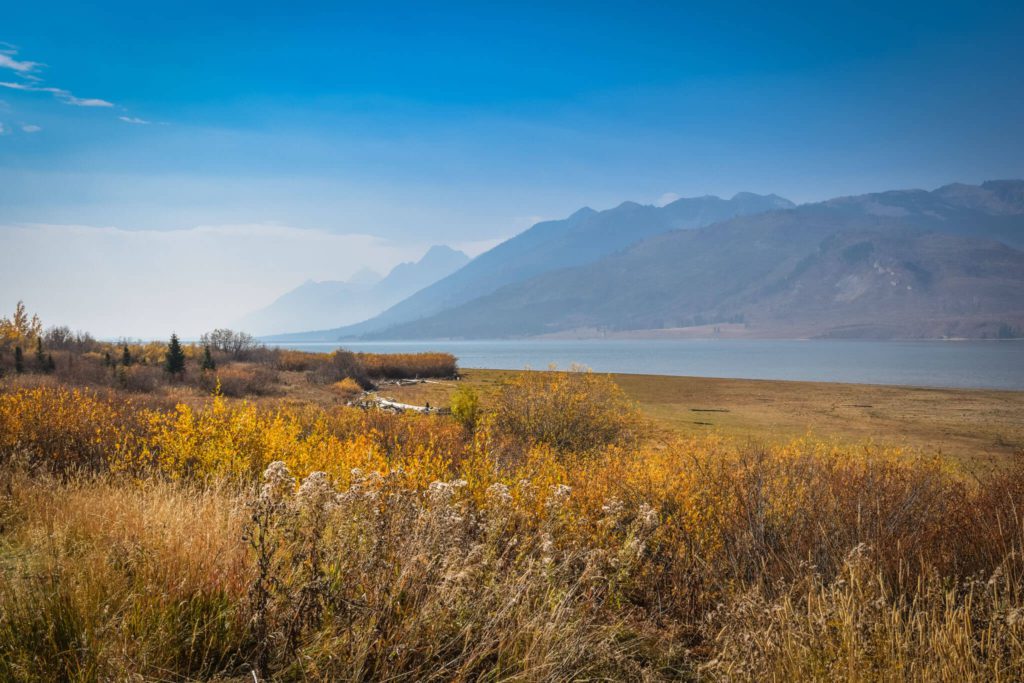
You can also visit in winter, and lots of winter sport enthusiasts do, but know that lots of roads and amenities shut down in the winter months.
This is one of the most visited National Parks in the country. As such, this place can get crowded, especially around Jenny Lake and at the Leigh Lake Trailhead. You’ll want to arrive before 10 AM at all of the popular spots in order to get a parking spot.
Grand Teton travel plans can be made to extend from 1-5 days. If you are just going to drive through and see the scenic points, you can do this in a day, or even a half day. Two days will allow you to see all the scenic points and do 1-2 short hikes. We recommend 2 days for the average traveller. If you add additional days to your stay, you’ll most likely spend them on longer hikes or excursions like white water rafting. It’s a good idea to add this extra time if you are really enthusiastic about hiking.

Getting There and Around
You’ll definitely need a car to explore Grand Teton. That’s why this park lends itself so well to a road trip. The scenic drives and spread out nature of the park makes Grand Teton travel perfect with a car. So drive from home or fly in and rent a car.
The best airport to fly into is Salt Lake City for budget travelers. This airport is 5 hours away and offers the least expensive flights and car rental options.
However, Grand Teton National Park is the only National Park that has an airport within the park. If you have a bit more money in your budget, consider flying into this smaller airport which will often give you the opportunity to have an up close view of the mountains from the air on a clear day. We typically don’t recommend flying into these smaller airports because of the price tag, but because this is so convenient and comes with built in aerial views of the park, this would be one of those time where flying into a smaller airport would be worth it.

What to Budget
Entrance into the park costs $35/vehicle. This pass is good for 7 consecutive days. If you are planning on visiting another National Park on your trip, like Yellowstone, consider the American the Beautiful National Parks Pass. This gets you in to all US National Parks for one year and costs $80.
While you can easily create a Grand Teton travel plan that involves no extra money for excursions, your trip to the Grand Teton area will be costly. Food and accommodation in this area is comparable to many metropolitan US cities despite the rural location.
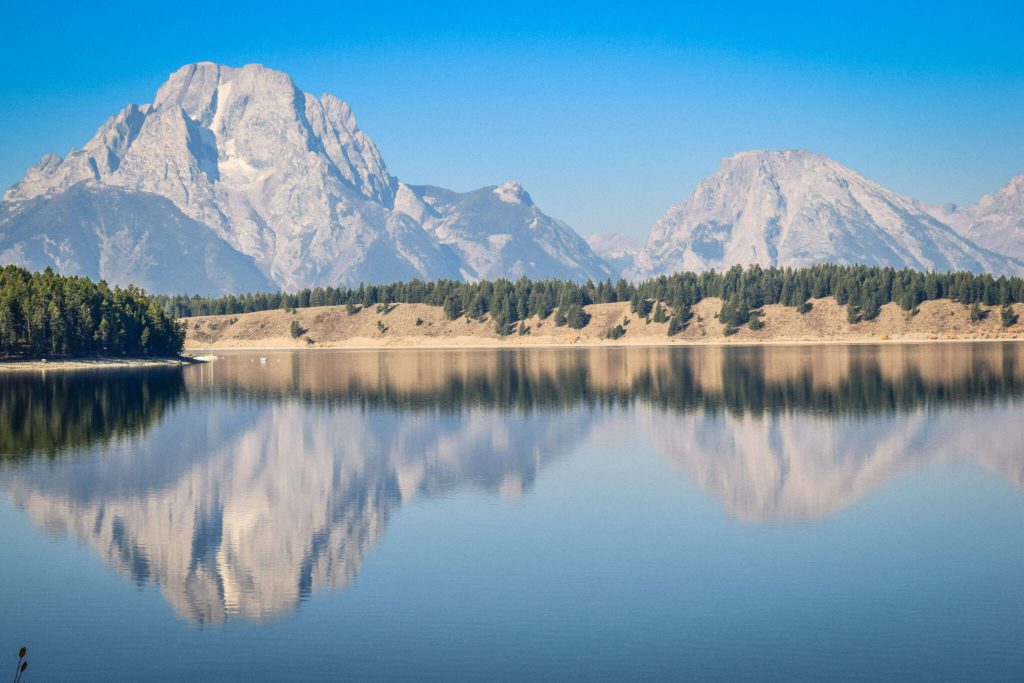
Accommodations
There are four places to stay within the park that provide cabins or hotel rooms. Cabins and hotel rooms typically range from $300-500/night in the park.
Because of the high price of accommodations within the park and the short drive to Jackson, we’d recommend staying in Jackson if you want to stay in a hotel or home/cabin rental. The drive into the park is short and the cost savings is high. Hotels in Jackson range from $100-500 and average around $300/night. Home rentals average around $220/night. If you’re planning on staying in Jackson, definitely check both the home rental sites and hotel sites for the best deals as prices fluctuate a lot here depending on availability and season.
You can also camp within the park. There are 7 campgrounds within the park that can be reserved. If you’re planning on camping during your Grand Teton trip, we recommend staying at any of these campsites. Non-electric sites cost $40/night.
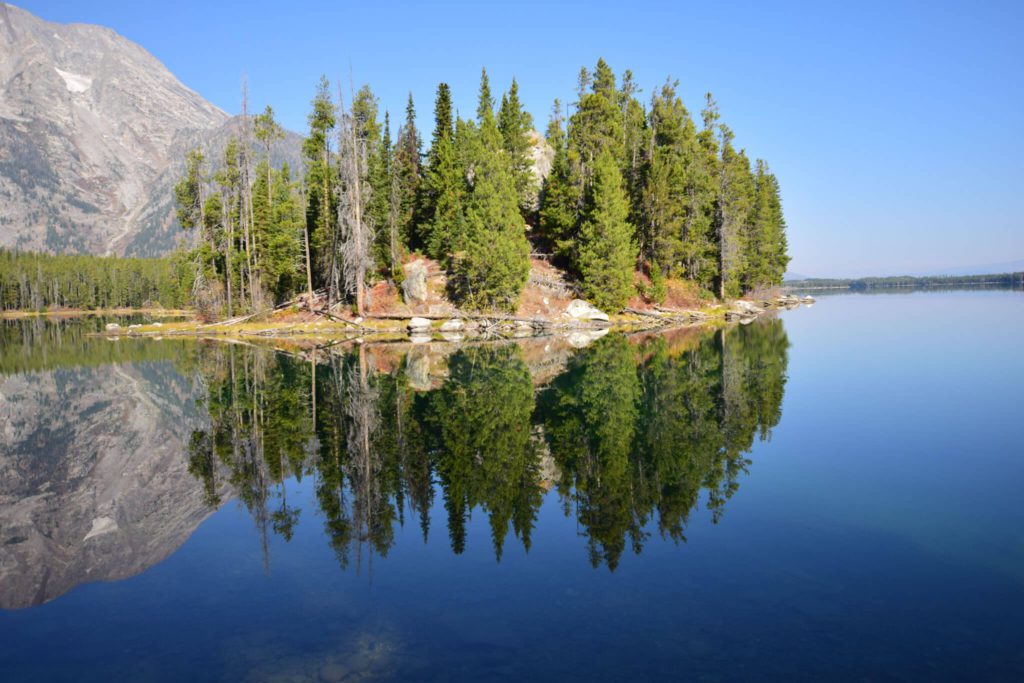
Food
Food in the park is pricy for what you get. Therefore, we recommend stopping in a town like Jackson, before entering the park and stocking up on food for your trip. Food at grocery stores nearby is priced a bit higher than normal but is still more reasonable than in the park. We think that packing picnic lunches is a great idea as finding a scenic picnic spot is much easier to do than finding good food in the park.
If you choose to eat in the park, you’ll want to make your reservations ahead of time for sit down restaurants as they often have long waits. Sit down restaurants will cost between $50-100/person depending on restaurant and meal type.
If you decide to eat out in Jackson, you will also be spending a pretty penny. Jackson is full of fine dining options that can price in the $100s/person but even the mid-level restaurants have meals priced around $50/person. We choose to eat breakfast and lunch from our pre-packed groceries to save money and then splurged on dinner with our meals totaling between $80-150 for two people.
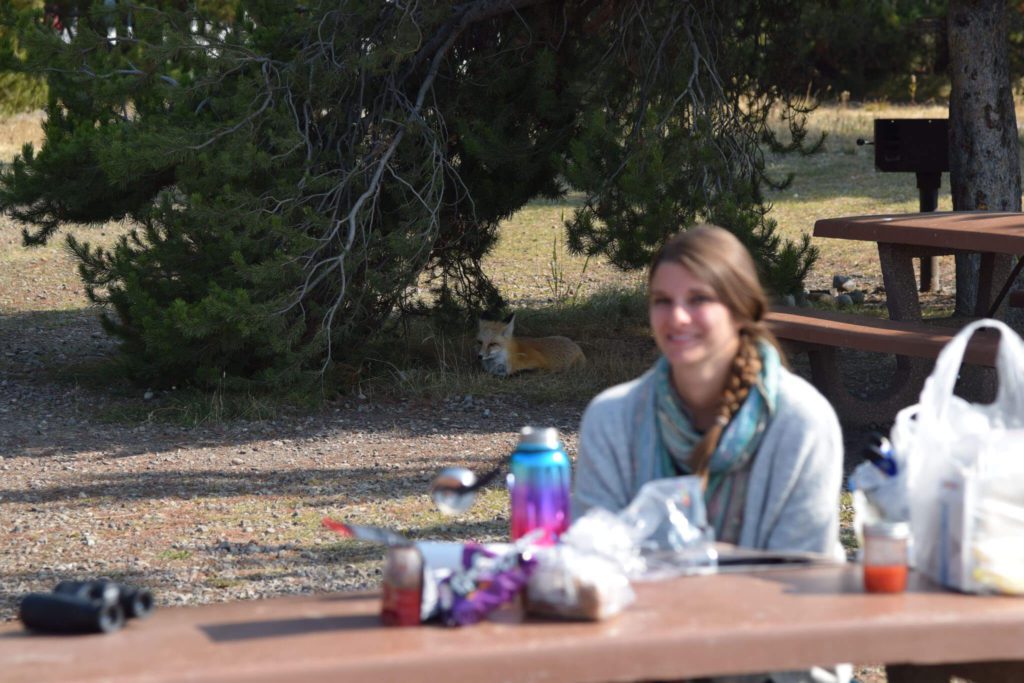
What to Pack
Clothing
As hiking is one of the top things to do in Grand Teton National Park, make sure you bring comfortable shoes. We’d even recommend bringing two pairs of comfy shoes so you can switch them out as your feet get tired. Scott wore three different pairs of shoes on one of our days in Grand Teton. In addition to comfy shoes, bring wool socks. You’ll want to keep your feet dry as you hike and wool socks are a must for this. Frequently, you’ll be near water so getting your feet wet is a high likelihood.
You’ll be at a higher altitude than most people live at so make sure to pack sunscreen and wear it even if it is cloudy.
Because you’re at altitude, the temperatures can change easily. Make sure to pack layers. We started our mornings wearing hats, scarves, gloves, etc. and ended them wearing tank tops and shorts. So pack for the most extreme version of layering.
Camera Gear
You’ll definitely want to pack all of your camera gear as Grand Teton is a photographers dream. We recommend keeping a good zoom lens on your camera at all times as you never know when you’re going to have to grab it to shoot some wildlife. Then trade your zoom lens out for your primary or wide angle lens when shooting landscape.
Food and Water
Make sure you pack a good hydration backpack for all your hiking. We always suggest these, because we love them. However, in Grand Teton, we would say they are a must. You’ll most likely be doing a fair amount of hiking here and you’ll want to keep your hands free while staying hydrated. So bring a hydration pack, preferably one with enough storage to hold your layers as you shed them throughout the day.
A cooler, water, snacks and lunches are always a great idea. This will help you be less reliant on the amenities in the park and let you wander to your hearts content regardless of your stomach. We packed lots of salty snacks to help keep us hydrated while we hiked. We also packed PB&J lunches which helped us eat on the go.
As wildlife spotting is one of the top things to do in the park, you’ll want to make sure you pack your binoculars or spotting scope. Keep them handy at all times as you never know when you’ll need to grab them.
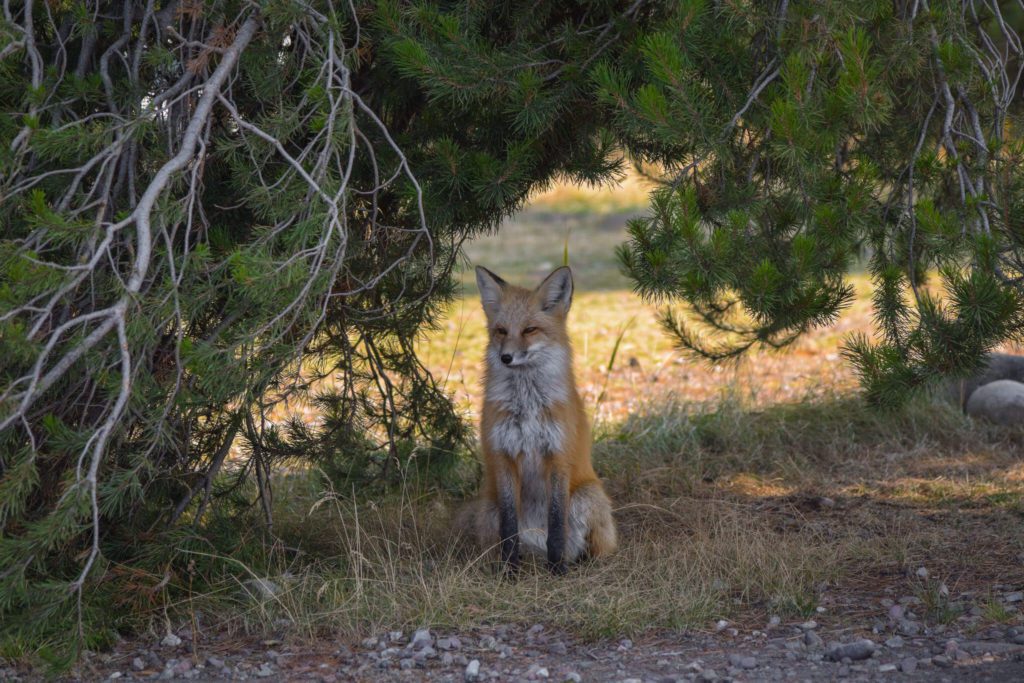
Safety
As with most National Parks, the biggest threat to your safety is nature. If you’re making Grand Teton travel plans, make sure you are packing appropriate clothing and footwear for the weather. Temperatures in the mountains can change easily so wearing layers and packing shoes with good traction is a must.
You should also make sure you are following trails when you hike to avoid getting lost. Additionally, you’ll want to make sure to hike in groups or make lots of noise when hiking. This will help you to scare off animals. But you want to see animals? Trust me, you do not want to sneak up on an animal larger than you like a bear or moose while hiking. However, if you do, make sure you know how to react. If this sounds extra terrifying to you, you can consider carrying bear spray with you when you hike as well.

We hope this has helped you to make your own Grand Teton travel plans. Grand Teton National Park is a truly wild place that will leave a special mark on your heart. If you have any questions or comments please feel free to leave them in the comments section below.
